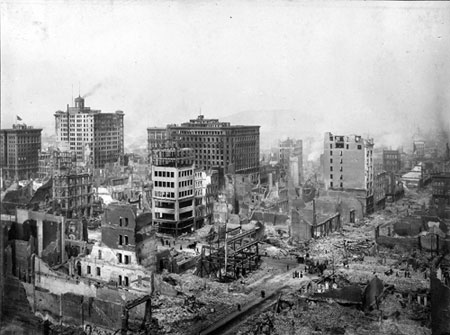 It is no secret that most American cities lack the dynamism and life that they once had. Cities used to be places where people lived, worked, met and spent their leisure together. Today, with the exception of a few cities like New York City, downtowns are largely vacant and lifeless.
It is no secret that most American cities lack the dynamism and life that they once had. Cities used to be places where people lived, worked, met and spent their leisure together. Today, with the exception of a few cities like New York City, downtowns are largely vacant and lifeless.
Roger Scuton, commenting on Jane Jacob’s celebrated book The Death and Life of Great American Cities, points out that the zoning system plays a major role in creating the dysfunctional city. He writes:
“Zoning leads to a disaggregation of the many functions of the city so that people live in one part, work in another, spend leisure time in a third, and shop in a fourth. Whole swaths of the city are thereby deserted for large parts of the day, and the fruitful interaction of work and leisure never occurs. Zoning contributes to the dereliction of the city when its local industries die and ensures that the central areas are not places of renewal but at best museums and at worst vandalized places no one can use” (Roger Scruton, “A Plea for Beauty: A Manifesto or a New Urbanism,” found in Wilfred M. McClay and Ted V. McAllister, eds., Why Place Matters: Geography, Identity, and Civic Life in Modern America, Encounter Books, New York, 2014, p.151).


